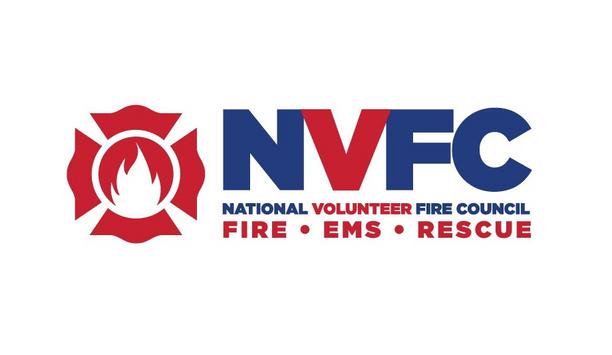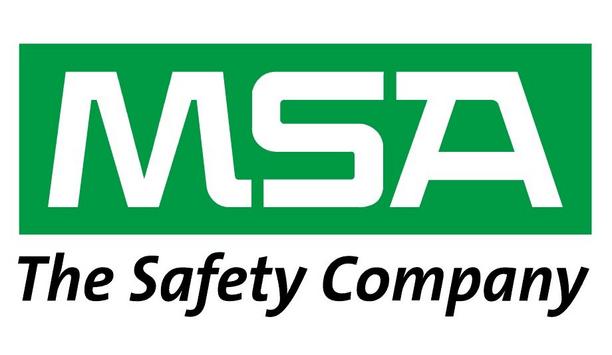The Building Safety Bill received Royal Assent on 28 April 2022, becoming English law under the name of the Building Safety Act. The Act has been introduced as a response to the Grenfell Tower Fire and aims to improve residential safety across the nation.
fire safety: a priority
The new Act is based on the recommendations offered by Dame Judith Hackitt in her independent assessment of residential building and fire safety standards - 2017 Building a Safer Future Report. The new safety regime outlined by the Act aims to make fire safety a priority across each stage of a building's life cycle, including the planning, design, construction, and occupation phases.
While provisions won’t come into effect for another 12-18 months, buildings in scope and Building Safety Managers should get in touch with a fire safety expert and start getting ready now to keep compliant. Thameside Fire Protection releases a guide to let users know about this act.
What Is the New Building Safety Act?
The new Building Safety Act has just become law after a 5-year-long journey through parliament. Initially based on the recommendations outlined in the Building a Safer Future Report, the Act has been reviewed multiple times to ensure that the new fire safety measures are easily implemented and more efficient in protecting residents and citizens.
The 262-page long Act focuses on multiple provisions, including:
- The establishment of new duty holders, including the Building Safety Regulator and the Accountable Person.
- The establishment of a Gateway system will make it easier to pinpoint the person accountable for fire safety through each step of a building’s life cycle.
- The introduction of the “Golden Thread” of information, a digitally-stored collection of all the information regarding the building and how to keep it safe.
- The description of remediations necessary to abolish current life-threatening fire risks in existing buildings.
- The introduction of a Resident Engagement strategy to ensure that every stakeholder in the building contributes to the building’s safety.
- The establishment of a Mandatory Occurrence Reporting system, which will work together with the current Voluntary Occurrence Reporting and RIDDOR systems.
What Buildings Are Affected by the Building Safety Act?
While the new Building Safety Act is raising the bar for residential safety across all types of buildings in the UK, it specifically focuses on high-rise residential buildings.
The higher-risk buildings in scope of over 12,500 in the UK are the ones that meet the following standards:
- They are at least 18 meters in height.
- Have at least 7 stories.
- Have at least two residential units.
- Are occupied.
While most of the provisions will only come into effect in 2023, the residents, landlords, and duty holders of the buildings in scope need to start working towards compliance and apply for a Building Assessment Certificate.
How Can Partner With a Fire Safety Expert Help?
The new Building Safety Act has introduced drastic changes that will drastically transform the way users look at residential fire safety across the nation.
Partnering with the fire safety experts at Thameside Fire Protection can help you understand how to prepare users' buildings for the upcoming changes.
















